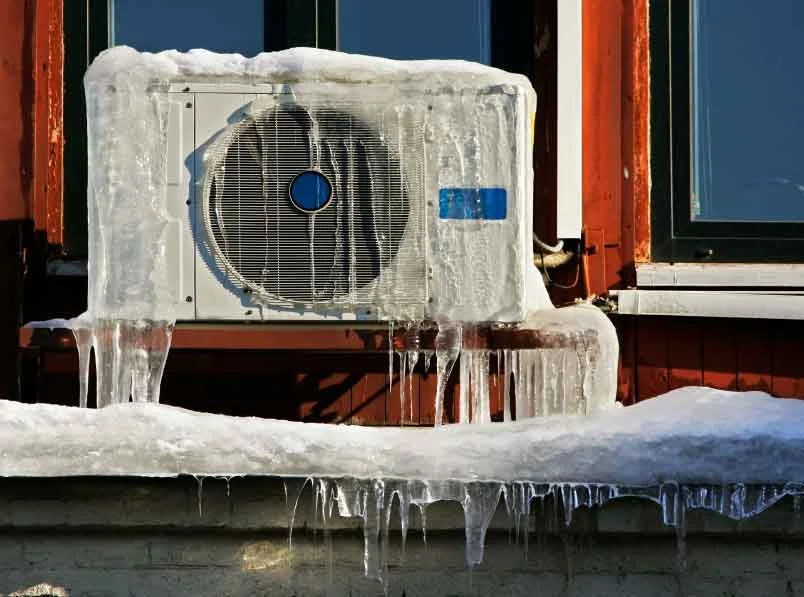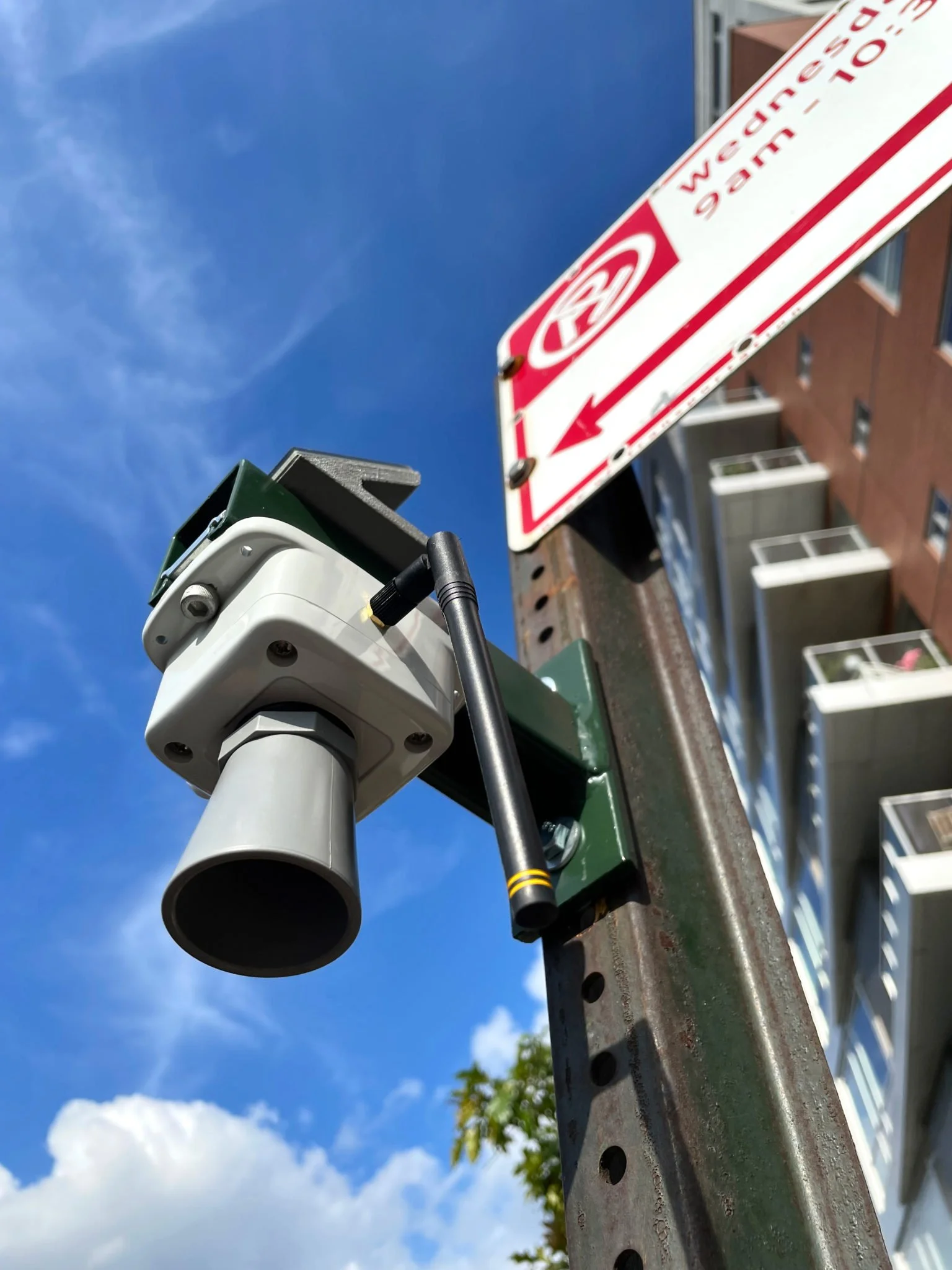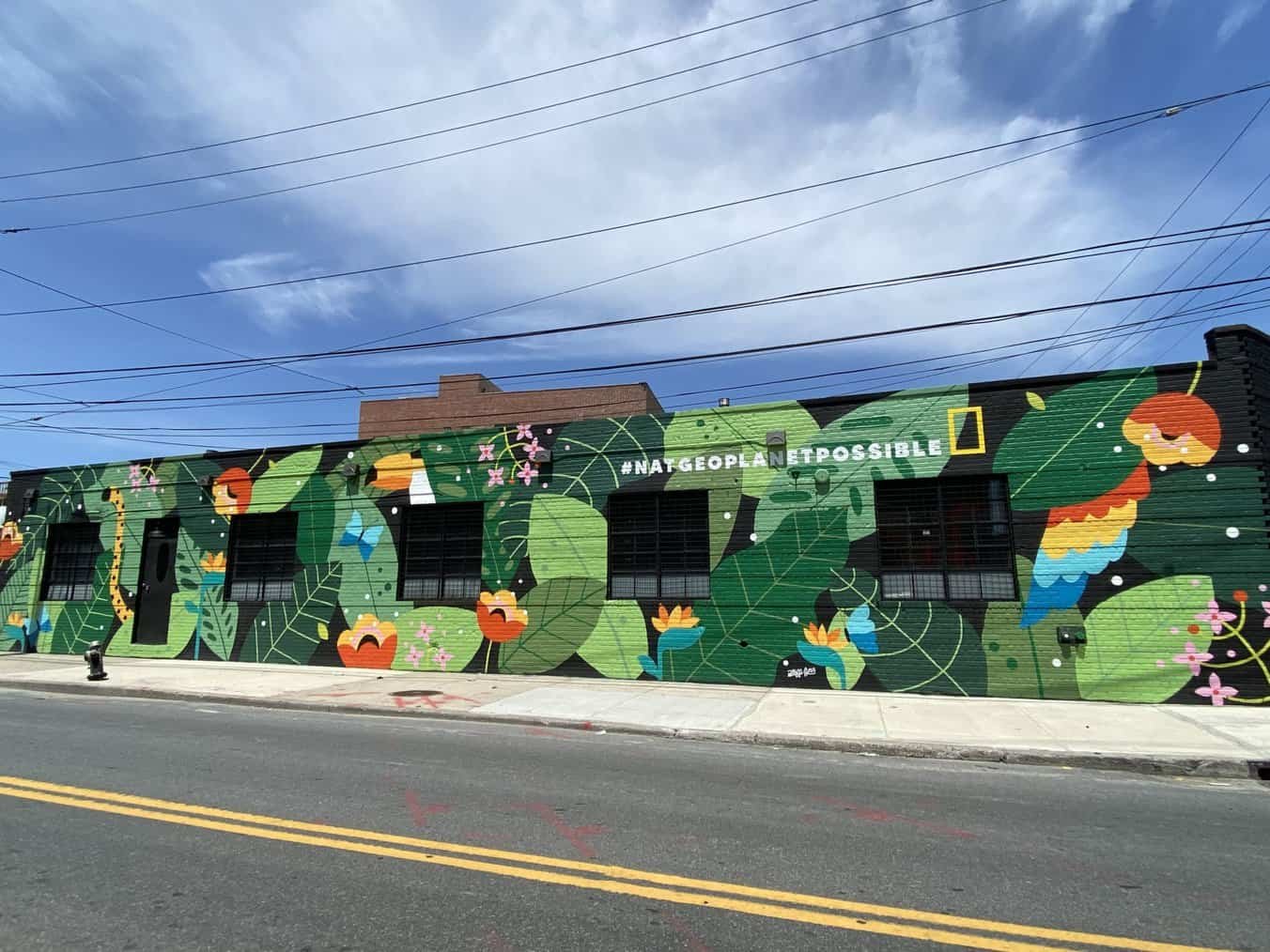Sourced from NPR | July 28, 2022
As climate change warms the planet
it's also driving up sea levels and energizing hurricanes, which carry huge catastrophic and dangerous impacts from the fierce storms we are expected to get.
Image via NPR | Visit the source to toggle animated flood maps based on population and climate data.
The most worrisome of all is the powerful flooding that comes with the storm surge.
With sea levels on the rise and stronger winds, it means that the waves pushed ashore by the tropical storms and hurricanes will make their way further inland. An inland march would expose a larger swath of the U.S. coast to the kind of flooding unleashed during Hurricanes Katrina and Sandy, putting more people at risk of drowning, which is the leading cause of hurricane deaths.
It has been found that the future sea rise alone could expose about 720,000 more people to flooding in the decades to come.
Hurricanes like Sandy, Isabel, and Irma are examples to understand what impacts a storm has on a city.
Jean Chatelier walks down a street flooded by Hurricane Irma after retrieving his uniform from his house so he could return to work at a supermarket in Fort Myers, Fla., on Sept. 12, 2017| David Goldman/AP
Flooding from storm surges that once lingered along the coast travels miles farther inland and grows deeper. By 2080, sea rise could reach more than three feet, flooding would engulf even more critical infrastructure, including hospitals and schools that often provide shelter.
Every bit of sea level like this makes a scenario much worse. Unlike flood waters from rainfall or overflowing canals or rivers, storm surges also carry the power of the wind. When a hurricane makes landfall, winds can be powerful enough to rip a roof off a house and pull a wall of water onto shore.
Each time a wave hits, it's a big spike. The kind of repetitive shock loading is the kind of thing that causes a lot of structural failures.
The National Hurricane Center began testing surge forecasts in 2014 and issued the first official forecasts in 2017, the year Hurricane Irma slammed Florida, triggering the largest evacuation in the state's history.
Five years ago, Hurricane Irma destroyed Miami, putting the nation's seventh-most populated county into the crosshairs of one of the most powerful storms on record. It was evident that everything east of U.S.1 would be under nine feet of water, including a house. The storm ended up swerving left and crossed the Lower Keys, sparing the crowded coast from the worst of its flooding.
But what if Irma had stayed its course? Storm surge projections modeled by the National Hurricane Center suggest that the scenario could become dramatically worse. A storm surge could directly threaten 460,000+ people if a hurricane like Irma struck Miami-Dade in 2080.
When a powerful storm comes, there is nothing to do but sit there, and pray, and wait it out. The U.S. Air Force base and nuclear power plant would be among the critical facilities hit by the surge. The plant's reactors are elevated about 20 feet above sea levels, but roads needed to carry diesel fuel and other supplies to a shuttered plant would be under more than nine feet of water.
Residents in South Florida would be three times more likely to be flooded, a higher rate than the rest of the population.
Looking to the future, climate and hurricane experts say that the nation needs to address and seriously rethink how it inhabits such vulnerable areas. In bustling regions like New York and Florida, catastrophic hurricanes have done little to slow growth in areas where risks have become more dangerous and most costly. In South Florida alone, future sea rise could double the number of structures in the path of flooding.
In New York City, Greenpoint and Williamsburg waterfronts have experienced a housing boom over the last decade, but little has been done to deal with future floods | Scott Heins for WNYC/Gothamist












